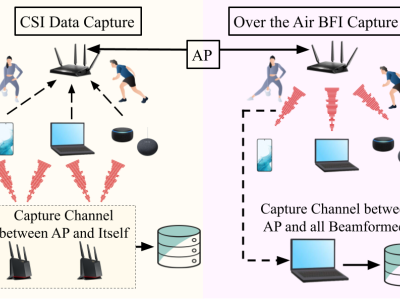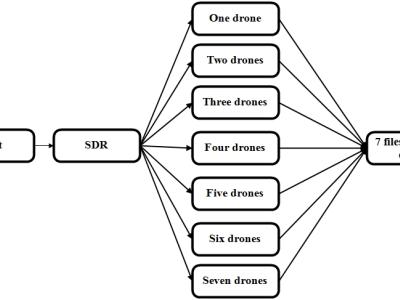DDoS Test Run Data set
- Citation Author(s):
-
Ramesh Guntha (Amrita Wiress Networks and Applications,)
- Submitted by:
- Ramesh Guntha
- Last updated:
- DOI:
- 10.21227/0fe7-7621
- Data Format:
 35 views
35 views
- Categories:
- Keywords:
Abstract
Distributed Denial of Service (DDoS) attacks,
particularly those executed by bots, significantly impair the
Quality of Service (QoS) for legitimate users. While network-level
DDoS attacks have been largely mitigated through decades of
research, application-level DDoS attacks remain a challenge due
to the difficulty in distinguishing malicious from legitimate traffic.
Traditional approaches have relied on statistical models analyzing
IP addresses, traffic, and server access patterns, yet these models
often struggle with interpretability and can falsely identify
legitimate traffic as malicious, especially in scenarios where
multiple users share a single public IP address. Additionally,
solutions like Captcha, while popular, detract from the user
experience. This paper introduces Path-Frequency-Time (PFT), a
deterministic framework that employs a multi-modal approach to
identify bot traffic accurately. It leverages criteria such as lack of
proper authentication and authorization, missing request
parameters, improper query formatting, violations of request
frequency and concurrency limits, and inconsistencies with the
application's flow. Depending on the nature of the breach, the
certainty of a bot attack is assessed, and a corresponding level of
response is initiated. This response can vary from temporarily
‘suspending the request’ to completely ‘blocking the user’. We
have applied PFT to our crowdsourced LandslideTracker
application and validated its effectiveness through simulated tests.
Our results demonstrate that PFT maintains QoS for legitimate
users, even in the presence of substantial bot traffic.
Instructions:
The data set contain the performance metrics of the application server enabled with DDoS protection mechanism. The performance metrics are NumCalls, NumSuccessfulCalls, NumSuccessfulCallsPerUser, and LatencyMsPerSuccessfulCall. The metrics are presented in two modes with and without DDoS check enabled on the server side. The number of regular users and attackers is mentioned in the NumRegulars, NumAttackers, and NumOpeners columns. The modes the attackers used is documented in the AttackModes column.








